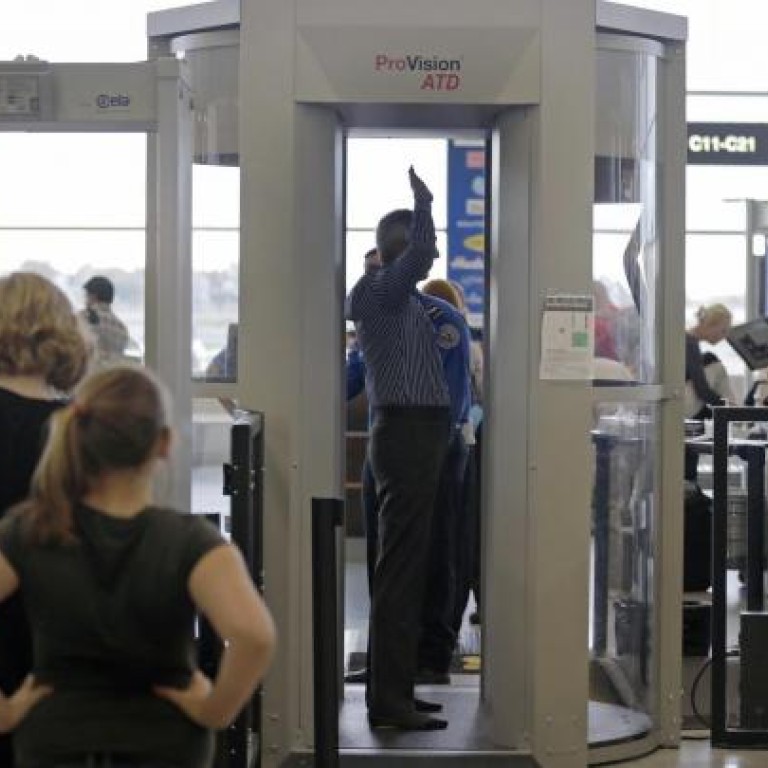
US airports replace 'strip search' X-ray scanners
The US government is quietly removing full-body X-ray scanners from seven major airports and replacing them with a machine that produces a cartoon-like outline instead of the naked images that have been compared to a virtual strip search.
The Transportation Security Administration says it is making the switch to speed up lines at crowded airports, not to ease passenger privacy concerns, but civil liberties groups hope the change signals that the old equipment will eventually go to the scrap heap.
"Hopefully this represents the beginning of a phase-out of the X-ray-type scanners, which are more privacy intrusive and continue to be surrounded by health questions," said Jay Stanley, an American Civil Liberties Union privacy expert.
But the machines will not be retired - they are being moved to smaller airports even as the US Congress presses the TSA to adopt stronger privacy safeguards on its imaging equipment.
The machines that are being pulled out of New York's LaGuardia and Kennedy airports, Chicago's O'Hare, Los Angeles International and Boston Logan, among others, have gone to airports in Mesa, Arizona; Key West, Florida, and San Juan, Puerto Rico.
The switch is being made as the TSA is under political pressure. Legislation approved in February gave the agency until next June to get rid of the X-ray scanners or upgrade them with software that produces only a generic outline of the human form, not a blurry naked image.
So far, the upgrades have been made only to the TSA's other type of scanner. Called millimetre-wave scanners, they resemble a large glass phone booth and use radio frequencies instead of X-rays to detect objects concealed beneath clothing.
The scan is processed by software instead of an airport security worker. If the software identifies a potential threat, a mannequin-like image is presented to the operator showing yellow boxes over areas requiring further inspection.
Besides eliminating privacy concerns, the machine also requires fewer people to operate, takes up less space in crowded security zones, and completes a scan in less than two seconds, allowing screening lines to move faster.
In addition to speed and space advantages, the millimetre-wave technology does not produce the ionising radiation that has led to safety concerns with the X-ray machines.
